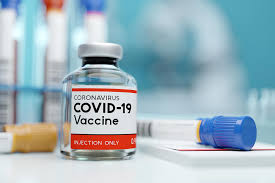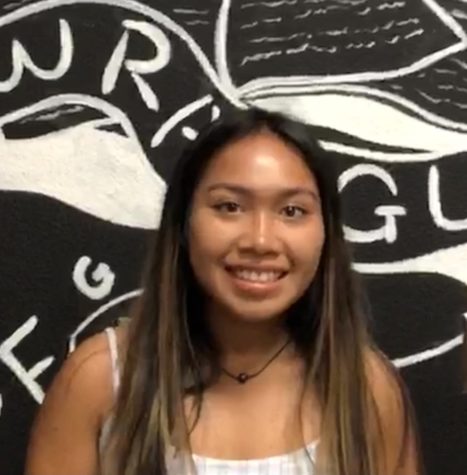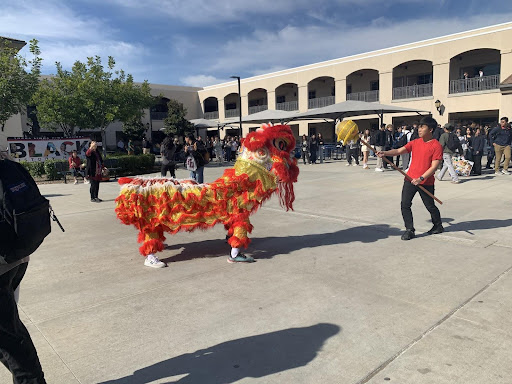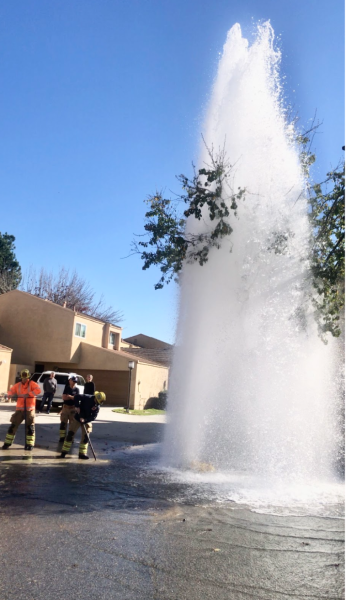When Will the COVID-19 Vaccine Be Available?

COVID-19 has impacted the world significantly, and many people are longing for a vaccine to come out. However, there has been confusing information regarding when the vaccine will be released.
October 17, 2020
Everyone’s lives dramatically changed on March 13th, 2020. Schools closed down, only essential stores remained open, social distancing and masks were enforced, and quarantine started. Around 7.75 million people have been infected and 214,000 people have died from COVID-19 nationwide. This pandemic altered everyone’s lives, and although some places are starting to open up and some states have declining numbers of cases, no one knows when it will be completely safe to go out to places without risking their lives or the lives of their loved ones. People everywhere are hoping for a vaccine to come out soon to ensure their safety from COVID-19, but there has been an abundance of confusing and misleading information regarding when the vaccine will be released.
Vaccines normally take around 10 years to develop. Of course, the world is pushing for the COVID-19 vaccine to come out increasingly faster, and the accelerated timeline of the COVID-19 vaccine displays that the vaccine will develop in one to two years. To develop a vaccine, there are six steps it must go through to guarantee safety: pre-clinical studies, phase I clinical trial, phase II clinical trial, phase III clinical trial, phase IV post-marketing surveillance, and human challenge studies. In preclinical studies, animals are tested with the vaccine, in clinical trials, the number of humans tested with the vaccine increases with every phase of the trials, and in phase IV post-marketing surveillance and human challenge studies, studies are done to determine plausible long-term effects of the vaccine and its effectiveness to combat viruses after its distributed. As of October 2nd, 2020, there have been 42 COVID-19 candidate vaccines, and 10 of them are in phase III of clinical trials (who.int).
In the US, the Trump Administration initiated Operation Warp Speed to hasten the development, manufacturing, and distribution of the COVID-19 vaccine. There are six companies supported by Operation Warp Speed, and they include Moderna, Pfizer, AstraZeneca, Johnson & Johnson, Novavax, and Sanofi. Moderna and Pfizer are the most promising and farthest along, and they use RNA technology which injects genetic instruction of COVID-19 into people.
Vaccines using RNA technology are extremely fast to produce, but the Food and Drug Association has not approved vaccines using this technique yet. Fortunately, these vaccines have gone through a successful round of initial testing and are waiting to be tested on more people. With regards to when the vaccine will be available, Moncef Slaoui, the chief advisor of Operation Warp Speed, stated that “nobody can really say when…but the expectation would be that this would happen between the month of November and December” (npr.org).
In other countries, there are many successful possible candidates for vaccines. In China, they have approved three vaccines for limited use, but they still need to go through more tests to guarantee safety and world-wide use. Russia has approved one vaccine, but it needs to go under more trials because it was only tested with less than 100 people. AstraZeneca, a Swedish-British company which is supported by Operation Warp Speed, has been undergoing large scale trials, but it was paused when a volunteer suffered a serious reaction from it. The whole world is working together to create a vaccine, and there have been multiple successful trials. However, the CDC Director, Robert Redfield, believes that a vaccine will not be widely available until mid-2021 (cfr.org).
Many US politicians are hopeful that a vaccine might become available before the election on November 3rd. However, this is unlikely, as the main candidate for the vaccine in the US, Pfizer, will not be finished completing their clinical trials by the end of October, and even if they are able to develop a vaccine that could work, they have pledged they will not distribute it until it is safe and has been thoroughly tested. Dr. Bourla, the executive officer of Pfizer, condemned journalists and politicians speaking about the “efficacy and safety” of the vaccine and said, “scientists should be in these discussions” (nytimes.com).
COVID-19 has impacted Yorba Linda High School students tremendously, and most students want their life to go back to normal. Hannah Bucklin (11) wishes she could “attend amusement parks, spend holidays together with [her] friends and family, and go to restaurants.” Currently, students at YLHS are doing online school, but they will have an option to go hybrid in November. Hannah states that she will only “feel comfortable going back to in-person school if there is a vaccine available.”
Unfortunately, there is no set date or even time period for when the COVID-19 vaccine will come out. With some sources saying that it will come out in October 2020 and others saying it will come out in the middle of 2021, no one knows who to trust and what to believe. Thankfully, there have been some major steps and promising trials recently that may allow for the COVID-19 vaccine to come out sooner than anticipated. Therefore, as the world awaits a vaccine, the only thing people can do is continue being safe by social distancing, wearing masks, and quarantining.





















Fiona Salisbury • Oct 23, 2020 at 1:14 PM
I agree with your article when you wrote about how you believe that we can’t determine when a vaccine will actually be about. I really like the student quote that you got because I also do not feel comfortable returning to school until there is a vaccine.
Karina Shah • Oct 22, 2020 at 7:42 AM
Thank you for filling us in on the updated news of the vaccine.